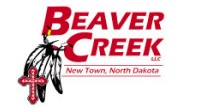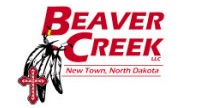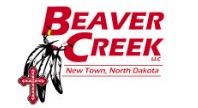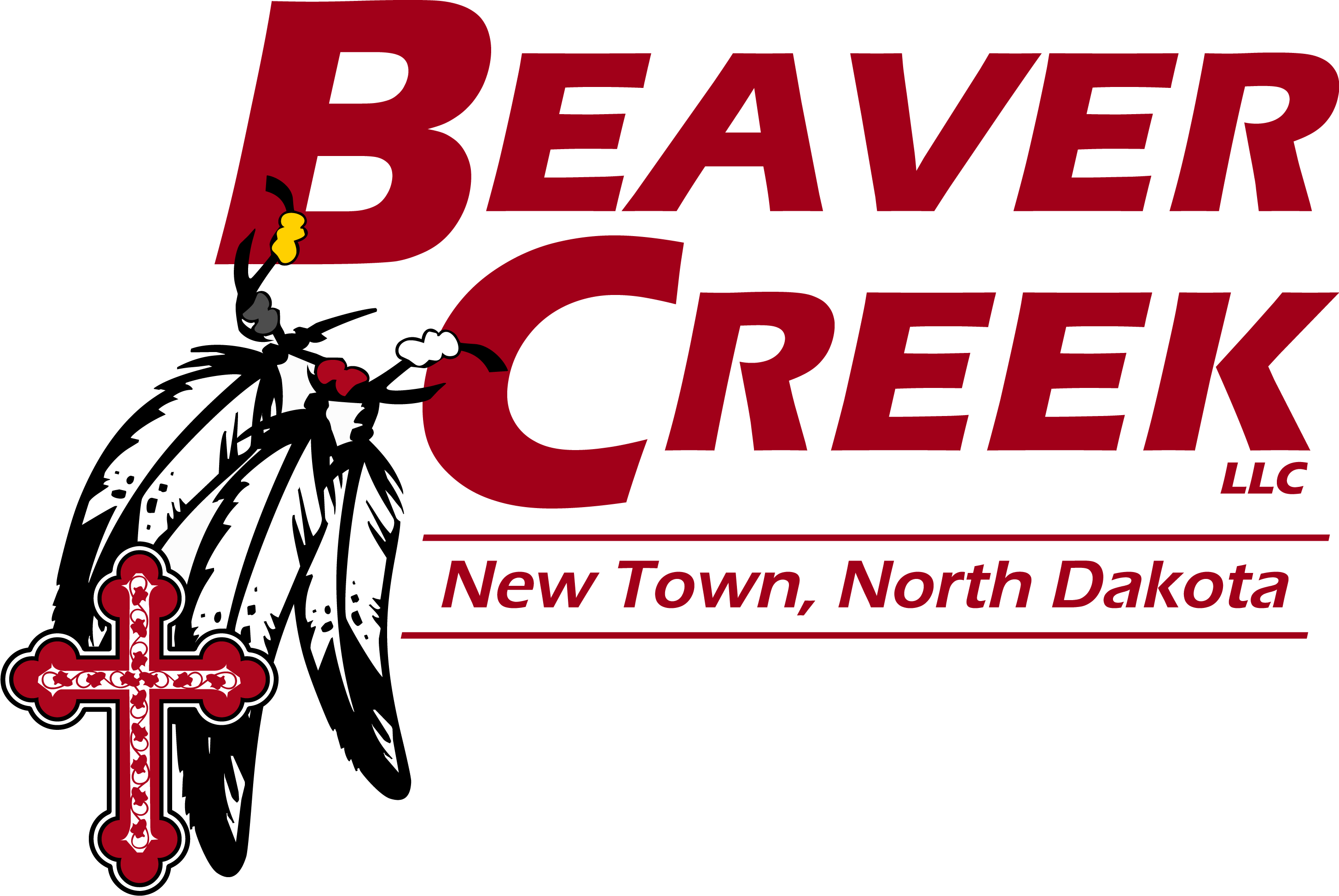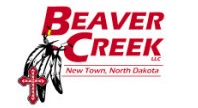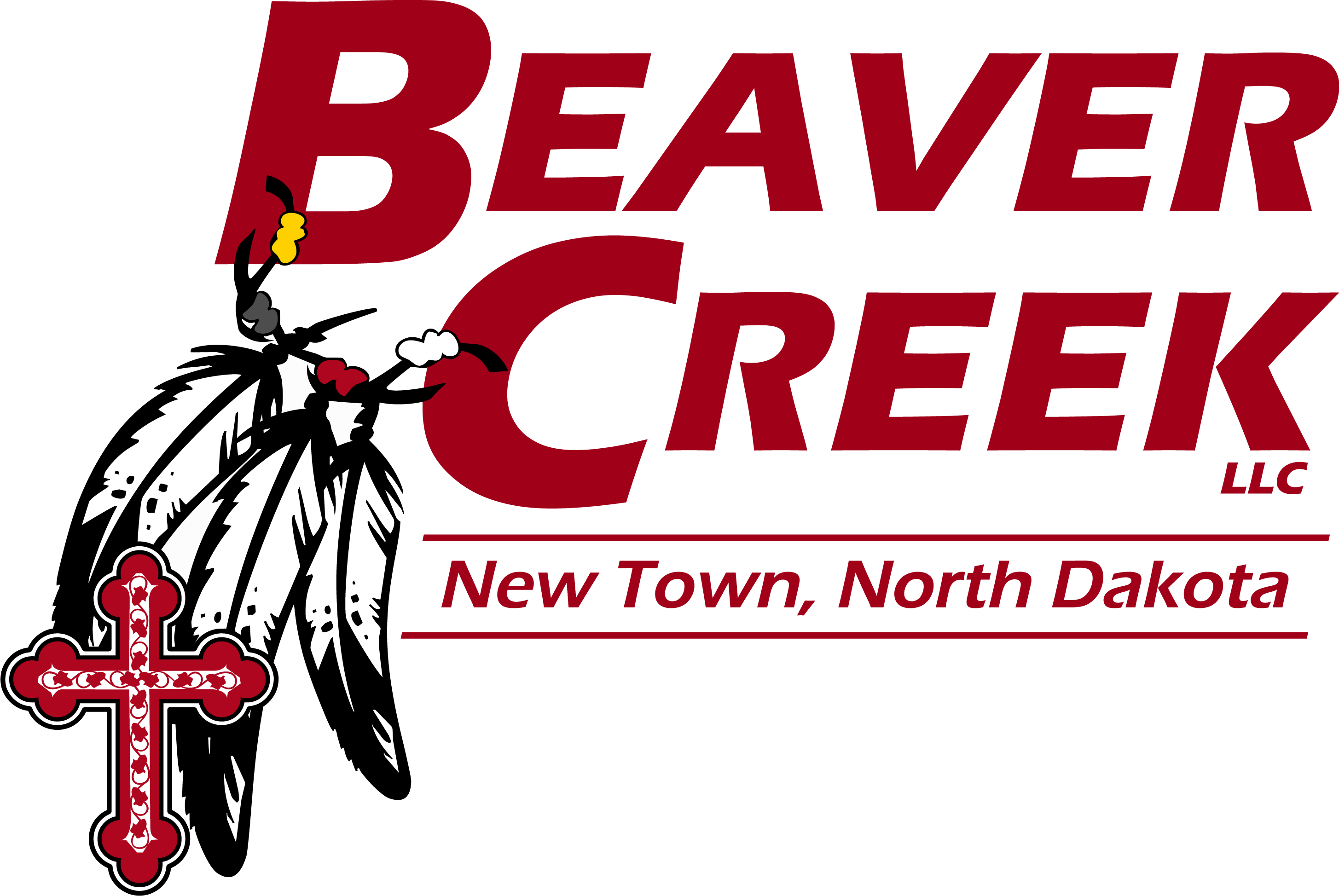Information
-
Audit Title
-
Client / Site
-
Conducted By:
-
Location
-
Select date
2. Accidents and/or Near Misses: Reported since last meeting and action taken
3. Subjects Introduced at Meeting: Information, training needed
-
Onsite Paperwork for flowback?
-
Are the fluid transfer sheets used properly?
-
Is a JSA used effectively.
-
PPE
-
Are you wearing a Hard Hat?
-
Do you have steel toe boots?
-
Is your outer layer FRC?
-
Are you wearing ANZI 87 safety glasses?
-
Do you have a charged H2S monitor and is it in the breathing zone?
-
Speeding: On the road and on site.
-
Is your truck governed?
-
Check the SMS and citations.
-
What is the Beaver Creek dirt road speed policy? (25 mph or less DORC)
-
What is the on site speed limit? (Marathon walking speed, all others is 5 mph)
-
On the HWY you must you always drive according to road conditions?
-
Is this Winter Preparedness?
-
Does the truck and trailer have shovel, rake, and pick?
-
Does the truck have appropriate tire chains? (Steer, Driver Chains (doubles), and drag chains)
-
Does the driver have cold gear? (Outer layer, change of clothes, gloves, boots, headgear)
-
Is a winter kit in the truck? (Bedding, food, water (something to keep it from freezing), something to build a fire, communication device and spare batteries/charger)
-
Has the driver experienced winter in ND?
-
Is this Respiratory Equipment and Cascade Training?
-
Part One: There may be situations when you have to work where a known quantity of H2S or other gases are present. To do this, without placing yourself at risk, means you must plan your job and have a source of quality breathing air available. While performing work in areas where the H2S is above 10 PPM or dangerous gases may be present in high LEL levels (above 10%), a positive pressure respirator may be required by Beaver Creek Safety and/or the Producer. This may be because a well has tested positive for these gases and the safety threshold has been breached. It may also be a requirement set in place by production thresholds. Regardless, the Oil and Gas industry has approved ONLY breathing apparatuses that can maintain positive air pressure in the face piece or mask. Most common to the oilfield are Self-Contained Breathing Apparatus (SCBA) and Supplied Air Breathing Apparatus (SABA). SCBA has its own air cylinder, while SABA is linked to a remote air supply by an extended airline. SCBA vs. SABA The advantages of a SCBA include: • Unrestricted mobility • Portable • Excellent for safety watch and rescue operations Disadvantages of SCBA • Limited air supply • Bulky and heavy Advantages on SABA • Continuous air supply • Lighter and less bulky Disadvantages of SABA • Limited mobility due to airline length • Air line can tangle • Must exit area same way you entered to avoid airline tangle • No low air alarm on some system
-
Part Two: SCBA – Self-Contained Breathing Apparatus These units are more compact than airline units, and do not have the hose problems. However, they are limited to a smaller air supply, which results in a shorter amount of time available. They are usually rated for 30 or 45 minutes, yet the actual time will vary with different types of tanks used and the wearer’s physical exertion and conditioning levels. These units are equipped with an alarm to alert the wearer when the air cylinder pressure is low, typically when 20-25% of the air supply is remaining. Before you can operate one safely, you must be able to identify its major components. • Air Supply • Regulator Assembly • Face piece Assembly • Harness Assembly Air Supply – is made up of three components: air cylinder, cylinder valve, and cylinder pressure gauge. The quality of breathing air in the cylinder must meet current standards. The valve must be fully opened to allow a full and continuous flow of air from the cylinder. When not in use, the valve must be fully closed to prevent the loss of air from the cylinder. The cylinder pressure gauge indicates how much air there is in the cylinder. How quickly your air supply is used depends upon your training, experience, condition of the equipment, amount of air in the cylinder, emotional and mental state, physical effort needed to do the job, and your size and physical condition. Regulator Assembly – it consists of a high-pressure system, pressure regulators, a bypass/purge valve, a pressure gauge and a low-pressure alarm. Air from the cylinder flows through the high-pressure system to the regulators. The pressure regulators reduce the cylinder air pressure and provide you with air on demand. When the air supply is getting low, a warning alarm will activate, however, you may or may not be able to hear it. You should be prepared that air supply may end unexpectedly, if your source of air is a a 5 or 30 min pack your primary goal will be to rescue yourself or others under current circumstances in that amount of time or less. Face piece Assembly – is made up of a face piece, low-pressure hose, nose cup, exhalation valve, and a head harness. The most important aspect of the face piece is the seal it forms around your face. It must be complete to keep you air supply in and H2S or other contaminant gases out. You must be clean-shaven where the face piece and your face meet to ensure a proper seal. If you happen to wear glasses, some units have a special eyeglass kit available that fasten inside the eyepiece allowing for proper seal. The low-pressure hose delivers air from the regulator to the face piece. The nose cup channels exhaled air to the exhalation valve and reduces the volume of stale air. The exhalation valve vents our breath from the face piece to the atmosphere and prevents toxic gases from entering the face piece. The head harness is adjustable to ensure a proper seal between your face and the face piece. In normal circumstances, the wearer must be clean shave at point of contact between the face and seal. Harness Assembly – consists of an adjustable harness in either a sling or a backpack style. It holds the air cylinder in place and is key to the portability.
-
Part Three A: SABA – Supplied Air Breathing Apparatus The benefit of this unit is that it will give the worker a steady supply of air for a long period of time and it can supply air to several workers at once. The components that make up the SABA are the air supply and the escape cylinder. Air supply – the air supply travels through a regulator to a manifold, which supplies a number of hoses. A mask assembly and escape cylinder will be attached to each hose. Make sure there is no damage or kinks in the hose. When using air from an SABA, you may lose air at any time for various reasons. Practice turning off the air and switching to your alternative source on a regular basis. This will add a level of confidence and help avoid the temptation to simply remove your mask when air is compromised in dangerous atmospheres. Escape Cylinder – The cylinder must supply you with enough air to exit the hazardous atmosphere if your air supply is interrupted. Again, practice switching from supplied air to the escape cylinder and develop confidence in your ability to avoid removing the mask in dangerous atmospheres.
-
Part Three B: The SABA is sometimes referred to as a Cascade System. When using the system, it is important to understand what the thresholds are for PSI inside the tanks as to the available air to use (No less than 800) and the set PSI for inside your mask (Set between 90-120). If the tank reads less than 800 PSI, Do NOT proceed. Shut this tank off. Open a new tank and validate it is full and ready for use. For the PSI pressure to your mask, the pressure should be set between 90-120 PSI. Additionally, check the hose lines and reels for any visible damage and undue twists or kinking. If something on site does not seem right, it probably isn't. Your Stop Work Authority needs to be used anytime respiratory equipment is not to standard. Remember these key responsibilities: 1) Never proceed with mask up until you have validated your air supply. 2) This includes your 5 or 30 minute pack AND the SABA or Cascade System. 3) Always know the wind direction and your escape plan if there is an emergency. 3) You must practice and be prepared in the event of air loss. Understanding how to move from supplied air to escape pack air needs to be rehearsed and a level of competence needs to be acquired before performing any duty "under air". Respiratory Work Shift best practices
-
Part Four: 1. At the beginning of each shift the equipment needs to be examined… • Air supply (full supply of air) • Regulator Assembly (no visible damage) • 5 minute air pack (full supply of air) • Face Piece / mask (cleanliness, scratches, full seal) • Harness assembly (proper attached to tank, no visible damage) • 40” vent hose 2. When entering a well site, rail or offload facility, recognize…. • Wind Direction • Safe Zone must be identified (upwind, higher ground, outside perimeter of other hazards) • Cascade system (check for air supply, correct pressure, and visible damage to hoses, reels, regulator, etc..) 3. To be validated when working on teams… • Required certifications • Respiratory equipment (see checklist) • Communication and plan of action for problems with air supply, wind change, or other hazards. Remember: You must always determine the safe zone with your spotter and/or respiratory work partner. Your fit test must match the type of mask you’re using. You must ensure your air supply is 100% full for use in rescue and escape.
-
Is the mask clean?
-
Is the seal free from tearing or other defects?
-
Does the regulator function properly?
-
Is the tank full and free from defects?
-
Is the harness intact with buckles, belt, and shoulder straps?
-
Can the driver(s) identify the cascade system and read the PSI?
-
Does the driver(s) know the threshold for switching tanks? 500-750 PSI
-
Is there more than one full bottle on site?
-
Does the hose reel function and is it free from defects?
-
Does the driver(s) understand how to turn on his emergency escape pack if he or she loses air?
-
Does the driver(s) have the mask fit test and appropriate mask?
ATTENDEES ( Signatures or Pictures of Sign in Sheet)
-
Take a Picture of signature sheet and add if Needed
-
Add signature
-
Add signature
-
Add signature
-
Add signature
-
Add signature
-
Add signature
-
Add signature
-
Add signature
-
Add signature
-
Add signature
-
Add signature
-
Add signature
-
Add signature
-
Add signature
-
Add signature
-
Add signature
-
Add signature
